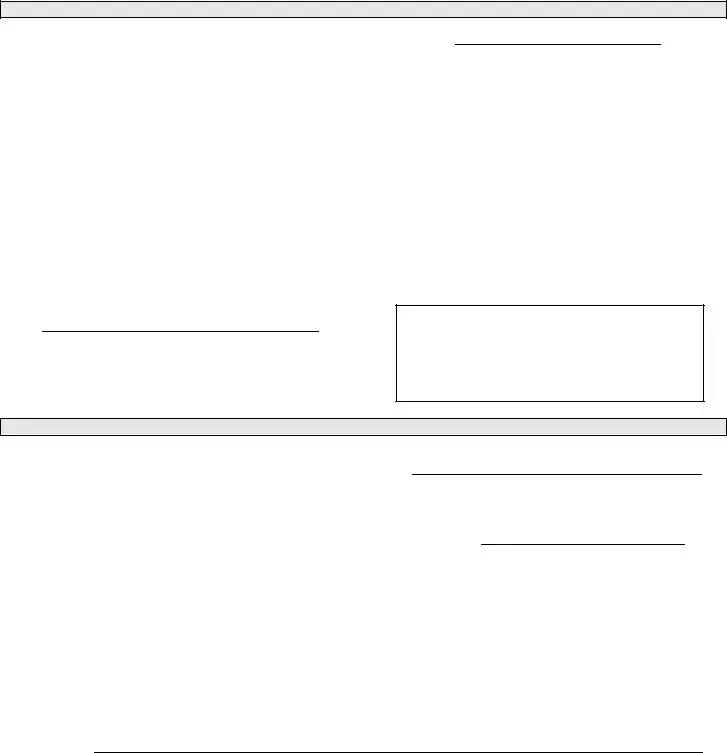The Employment Verification Form plays a crucial role in the hiring process, serving as a key tool for employers to confirm the accuracy of a candidate's work history and qualifications. This form typically requests essential information such as the applicant's previous job titles, dates of employment, and reasons for leaving, allowing prospective employers to gain insight into a candidate's professional background. Additionally, it may require details about the applicant's performance and conduct during their tenure, providing a more comprehensive view of their work ethic and capabilities. Employers often utilize this form to mitigate risks associated with hiring, ensuring that they make informed decisions based on verified information. By collecting data from previous employers, the form also helps to establish a candidate's credibility, which can be a determining factor in the hiring process. Overall, the Employment Verification Form is an indispensable component of employment practices, promoting transparency and trust between employers and potential hires.

